Dear WinkWorld Readers,
The purpose of my blog, WinkWorld, is to share resources which I generated during my life in schools, 50 plus years. I no longer want to haul boxes of treasures from place to place–I try to post as much as possible on the internet so others can edit/adapt/use in their own contexts. I started doing this in 2002 (see WinkWorld Archive at the bottom of my first webpage), when WinkWorld was a newsletter only, but somewhere along the line I switched to a more interactive blog.
This particular WW might be of interest to teachers, and also for families who are so actively engaged with their own children’s learning now that we are living through COVID.
However, WinkWorld also serves as a library–at least for me. On my first joanwink.com webpage, BOTTOM RIGHT, there is a handy little search engine which really works well. Just type in a concept, and if I have written about it, it will pop up for you.
Recently, I was reminded of this when I was asked to visit on ZOOM with students at State University of New York (SUNY) in Oswego. One of the advantages of being an author is you get invited to visit with interesting people who have read your writing. The students in this class had just read Critical Pedagogy: Notes from the Real World, 4th edition from Pearson. In addition, their professor, Tania Ramalho had created a Treasure Hunt on WW, and the students shared their discoveries with each other and with me while we were on ZOOM.
I will share what they found during the WinkWorld Treasure Hunt. Help yourself if you find something which works in your context. In keeping with my attempt to keep my blog short, I will make this PART ONE, and the following student contributions will be posted soon in PART TWO.
Meet Professor Tania Ramalho and some of the students in her class.
LIT 500 Critical Pedagogy and Literacy
EDU 500 Critical Pedagogy for the Master’s in Curriculum & Instruction
The Treasure Hunt: Specific Resources on WinkWorld
The following is a list of resources which the SUNY teachers-to-be shared during my time with them. The initials, preceding each citation, refer to the student’s name.
From MW:
The article that caught my attention most (and that has been added to my repertoire) is an article entitled Everyday Native. This page provides a few great links to the Everyday Native website where the web page managers upload photographs, music, stories, etc. to teach and reflect on the complex history of Native American livelihood. “The idea is to use an image and/or poetry to initiate a discussion, and we know that oral language is the path to literacy. These images and poetry can then lead to stories, that capture the culture and experiences of Native Students,” Wink writes.
In addition, here is Professor Tania Ramalho, in a previous WinkWorld. I found this gem of an article- featuring a guest celebrity.
JA chose to share information on Alma Flor Ada.
As I started learning the power of being bilingual and loving my first language which unfortunately has become my second. I started to think about ways I can share my love for learning another language with my students through read alouds. Reading about Alma Flor Ada, was a huge inspiration to me because she also has a love for language and spreads it through her writing. Alma Flor has written many books that are written in both Spanish and English, but as Alma Flor mentions in her interview with ColorinColorado, she prefers writing in Spanish because the words rhythmically flow naturally. In her website, you can find useful information that is correlated with Wink’s description of the three perspectives of pedagogy, the transformative model. Under the transformative education link you can find many resources that give teachers ideas of how to get students to get out into the real world and participate in hands-on activities. For example, the Author Study link gives a great suggestion for teachers in how they can create a virtual author learning experience, so that students can actively explore different authors. I would love to incorporate Ada’s bilingual picture books during my read alouds or transition times to not only teach about the Spanish language, but the customs and traditions as well. I definitely would be saving this website for my teacher’s “tool box.
JS found handy black-line masters to use in her classes.
The link Free-To-A-Good-Home (bottom of Joan’s first web pages) will lead you to a list of free worksheets available for download. These worksheets cover a range of different topics. There are four versions of the KWL chart and worksheets for a venn diagram, learning log, web, sequence of events, etc. One of the most interesting worksheets I found was the Outcome Sentences writing activity. I love the idea of having students fill out this form throughout a unit because it helps them take ownership over their own learning. There are even worksheets in here for teachers such as letters that can be sent home, a worksheet summarizing the educational philosophies, and summer homework packets to be given to the kids. There are a plethora of resources on this page!
SG writes on Shadowing
I looked through the WinkWorld News and found this interesting method to learn more about a child’s language abilities. Shadowing can be used in many diverse contexts to create more empathy, to promote independence and to understand a student’s perspective. Some students do not read or write as well as he/she should, and the teacher needs more information about the student’s language abilities. A classroom teacher can request a colleague or someone else into the classroom to focus on one specific student to understand the student’s needs better. The shadow assistant sits to the side and takes ethnographic notes of the whole class while the classroom teacher carries on with planned instruction. The assistant can use various instruments to record as much as possible.
Shadowing A Student: What, Why, How
M. O’B. Tells What She Found During the Treasure Hunt
Wink’s Animals & the Alphabet link in The Power of Story talked about different paths to literacy. It talked about how you can have students read to animals. Reading aloud to an “audience” can help students build confidence, increase their reading fluency and have fun. She talked about how one time hundreds of little kids from poor areas in town came off buses and quietly sat with a horse to read a book. She also included a photo of a young girl curled up with her dog at home, quietly reading a story outside.
If your school has a therapy dog, your students could read stories to him or her, or maybe write letters to their special friend. This could be a great way for your kids to open up and express their emotions. I work at a preschool and I have seen kids do this before. My kids loved to read to stuffed animals. They were so excited to have the animal “listen” to them. If no real animals are available, this is a great alternative.
The remainder of the students’ sharing will be in PART TWO, coming to you very soon.
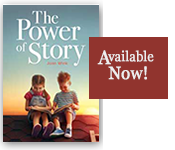
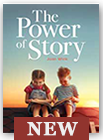
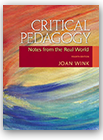
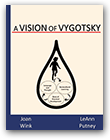

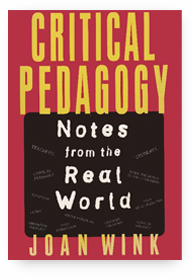
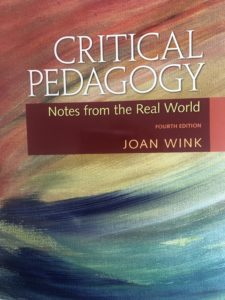
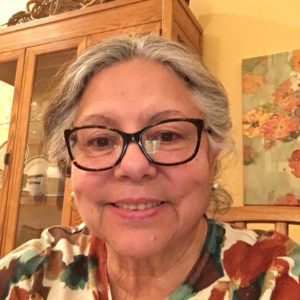
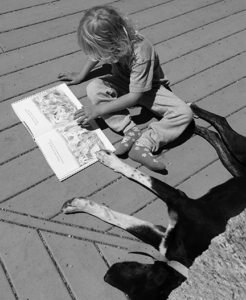
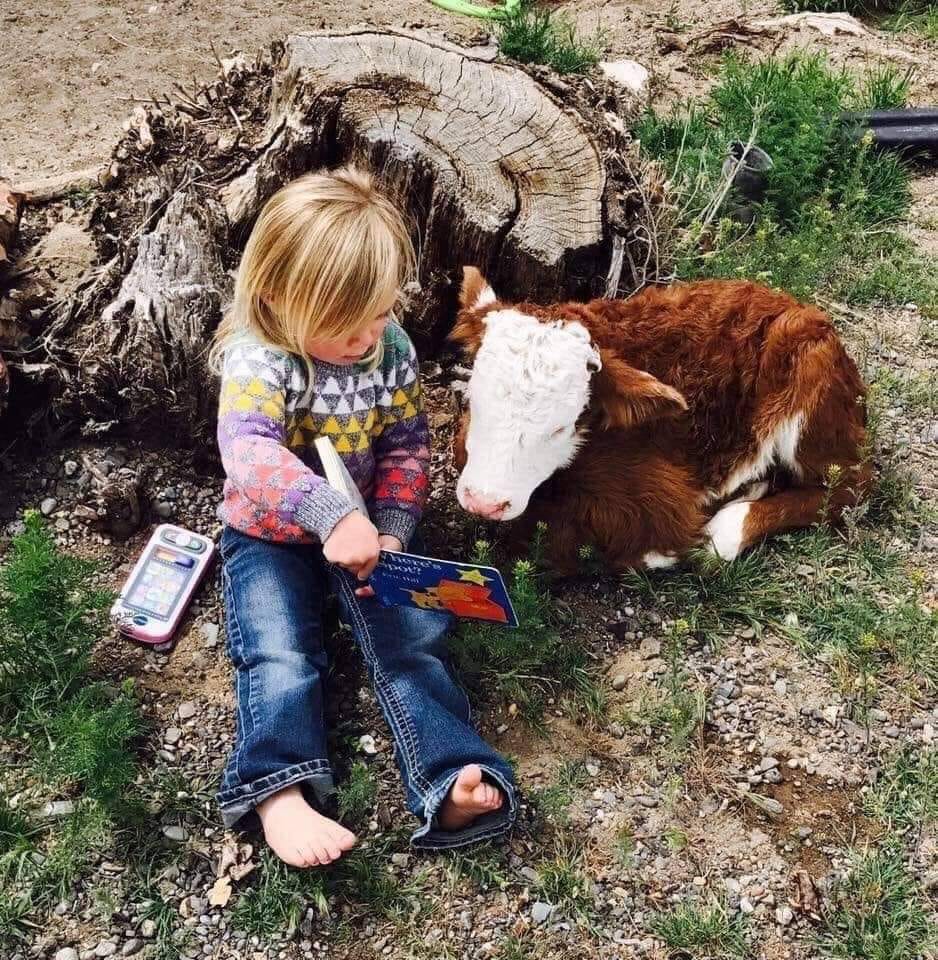


at 4:55 pm
What a great legacy—and you also get to participate in and enjoy it in your later years! And your subversive book continues the legacy of Vygotsky’s work into the nooks and crannies of America. Very impressive!
Brian
at 10:18 pm
Brian, high praise, indeed. Thank you so much.